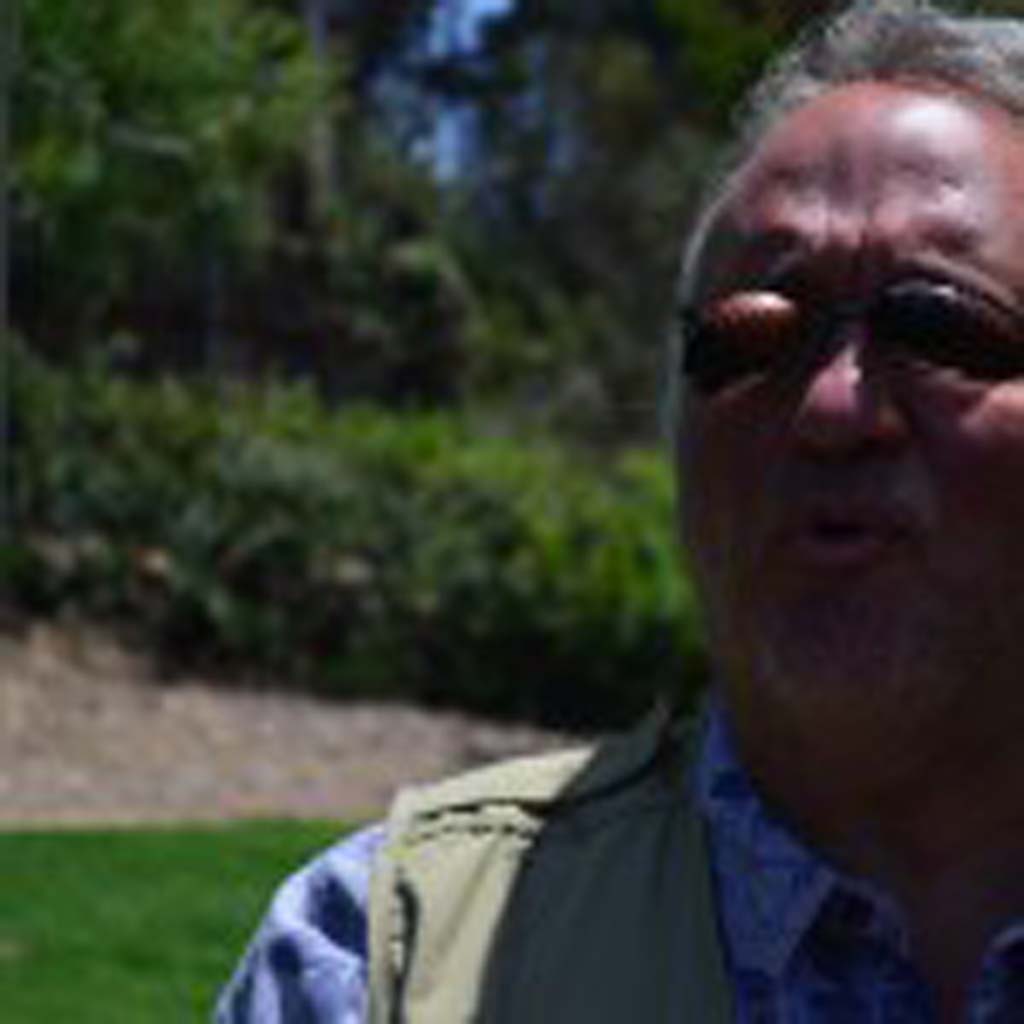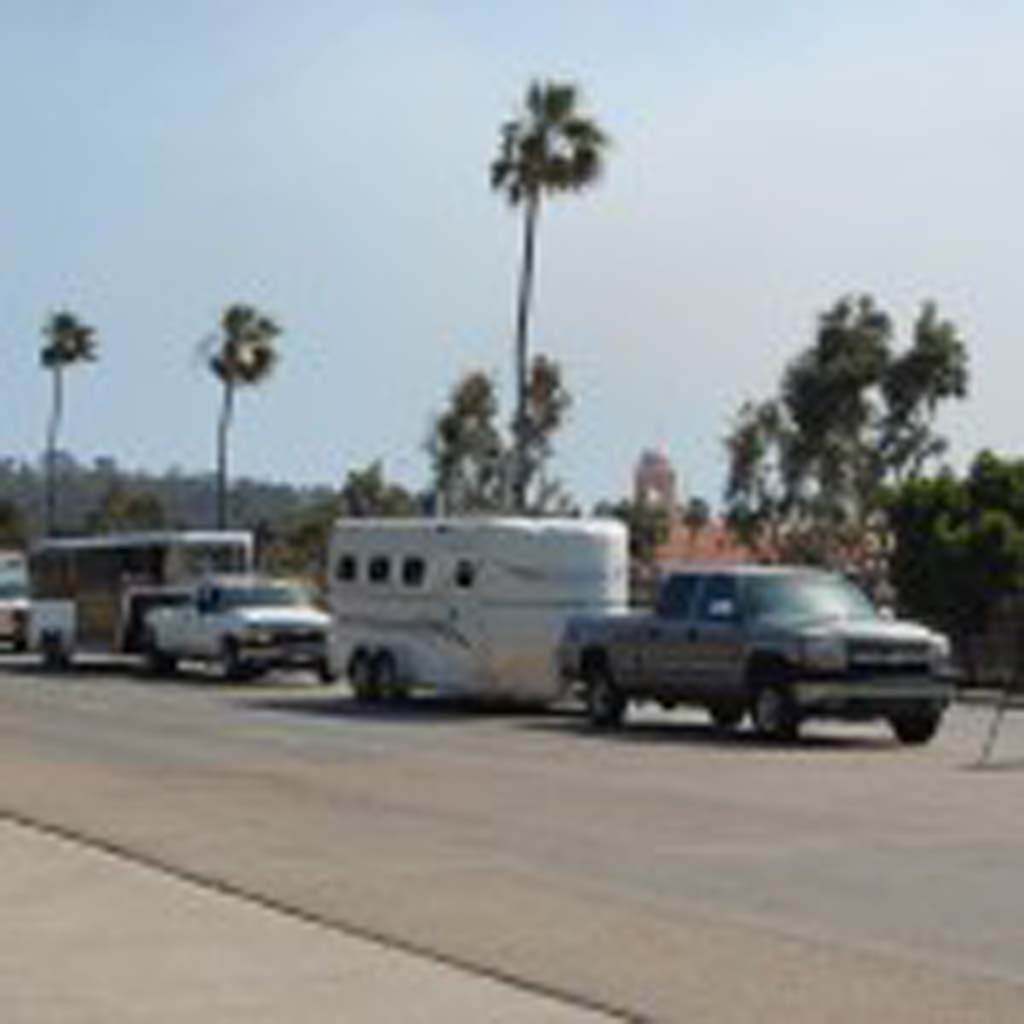ESCONDIDO — In late April, a host of professional and citizen scientists embarked on a 24-hour blitz of the north shore of Lake Hodges essentially seeking to take a snapshot of the biodiversity as it exists in an approximately 350-acre area.
And the results of what they found there yielded equal amounts of excitement and surprise.
Initiated by the San Diego Zoo Global Institute for Conservation Research, it was the first of its kind for the area, said James Danoff-Burg, Ph.D., director of conservation education for the institute, and who led the BioBlitz.
“A BioBlitz, in general, is a 24-hour effort that tries to record every single species that’s found in a given area at that time of the year,” he said.

What brought on the excitement was the spotting of some endangered species, including the California Gnat Catcher and the California Coastal Cactus Wren.
There were sightings of bobcats in the area too, he said, but not any mountain lions, which Danoff-Burg said was a little disappointing, but not surprising.
“They’ve (mountain lions) been found in the watershed, but not around Lake Hodges,” he said.
Fifteen reptiles, mostly snakes, including the four varieties of rattlesnake were also counted.
But what came as a surprise to Danoff-Burg was the five species of bats spotted. “I had no idea that there were that many bats in this area,” he said.
The blitz occurred on April 24 and April 25, during the spring bird and insect migrations.

“The insect diversity was amazing,” he added.
There were probably almost another 300 species that they’ve been able to identify through the blitz.
San Diego Zoo Global has also been involved in part with a study of aerial insects in the San Dieguito River Valley. That project, which is compiling insect species data for the International Barcode of Life, has added some more than 200 new species to that database.
Danoff-Burg said that some of the insect data collected in the BioBlitz will go to inform the aerial insect project, but added that because the sampling was done differently the results aren’t completely comparable.
When it came to scouting the location for the BioBlitz, Danoff-Burg explained that Lake Hodges was selected because it had the greatest combination of all desired traits: namely it was a conservation interest for the wildlife conservancy and with Lake Hodges serving as a water source it’s a generator of biodiversity.
The area of study has also been part of a cactus restoration project since the 2007 wildfires that burned parts of that location.
During the blitz 262 plants were found, which Danoff-Burg said was amazing in that there were that many there. “Not so surprising,” he added, “when you think about how the area that we are in is part of the California Floristic Province, and it’s one of 30 hot spots of biodiversity in the world,” he said.
The province lies mostly along the state’s coastline, but also includes a portion of Mexico and Oregon.
While there’s no other data to compare to just yet to get a picture of how the state’s drought conditions and the low water levels of Lake Hodges might be affecting the biodiversity, Danoff-Burg’s hope is that next year the water comes back.

And when they complete the second round of the study, they’ll be able to see a massive surge of species and organisms.
“As an ecologist, I feel pretty confident in being able to say that most likely the drought is depressing biodiversity in that area,” he said.
“Nature is very resilient and it can respond back from even dramatic influences like that series of fires we just had,” Danoff-Burg said. “It might take a while for the plants to grow back and for the ecosystem to respond or rebound, but if the conditions that were present before the fire are there again, the majority of the species will come back.”
Simply by word of mouth, the wildlife conservancy had 232 people turn out to participate in the BioBlitz.
And because of the large turnout and high quality of data that was compiled, Danoff-Burg believes there probably will be another BioBlitz done in the future at around the same time.
He said that one of the benefits of the project is to engage the public and help stimulate concern for conservation.



